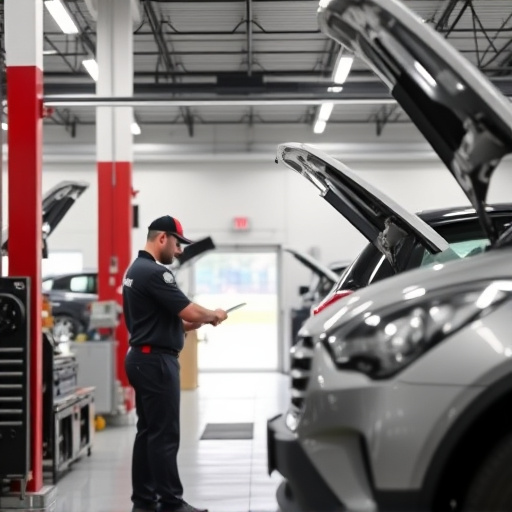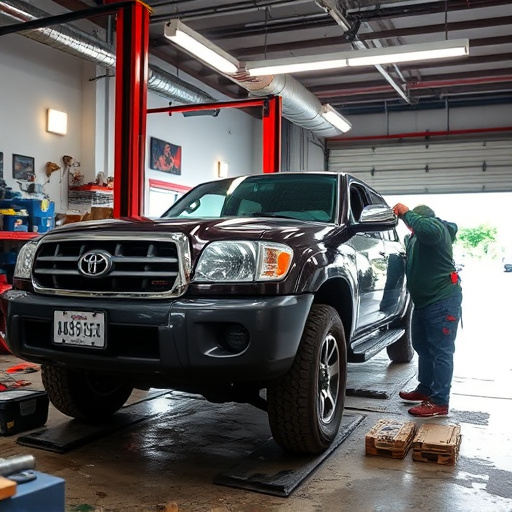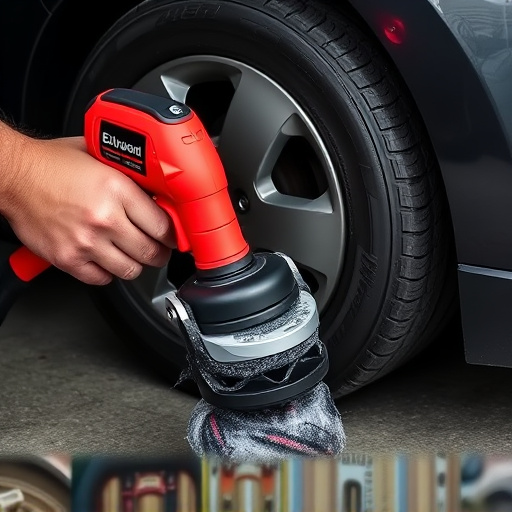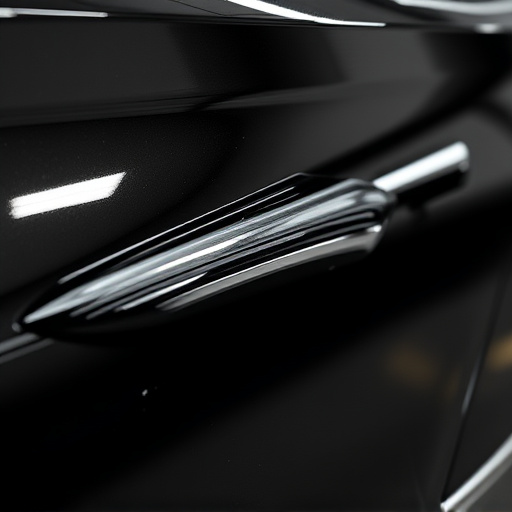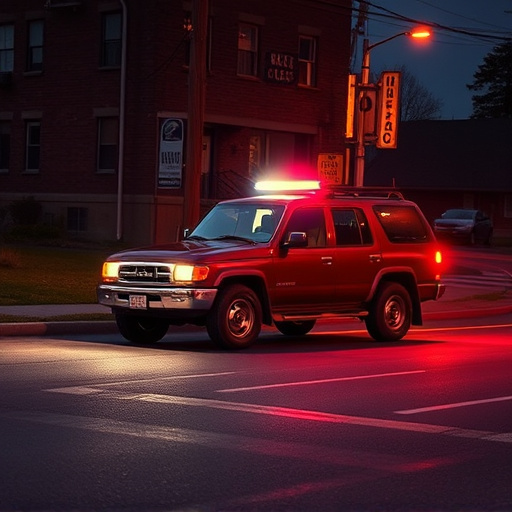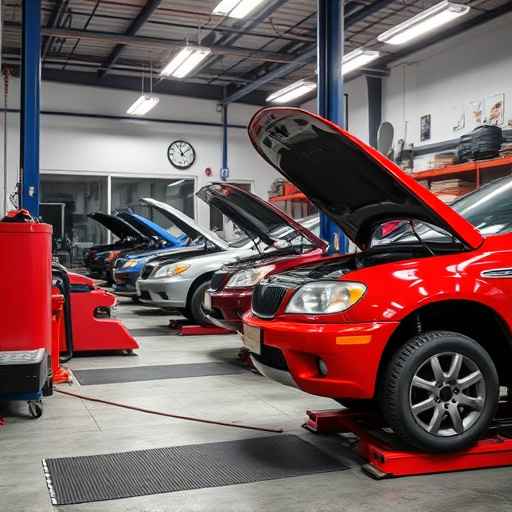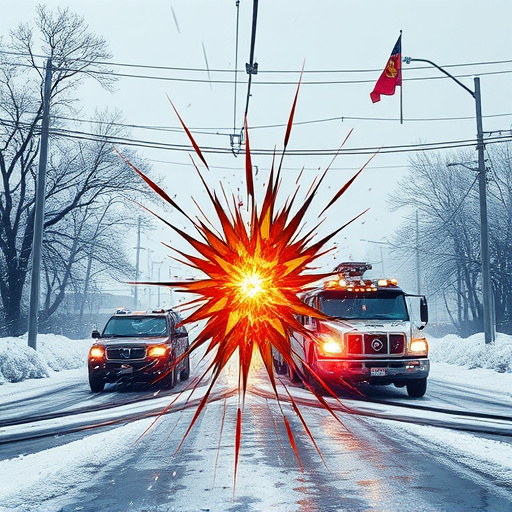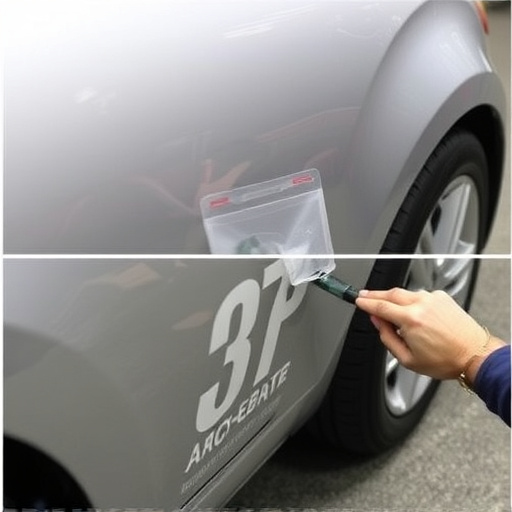Assessing and repairing fallen tree damage is crucial for property safety and maintenance. After a storm or accident, carefully evaluate branch breakage, structural compromise, and nearby power lines. Enlist professional arborists for extensive damage, ensuring expert advice and safe removal. For minor issues, pruning and root protection promote tree health; severe cases require specialized services. Prompt action and proper techniques prevent further harm and facilitate successful repairs.
Discover how to achieve optimal results from tree damage repair. After a storm or accident, assessing the damage is crucial before planning your repair strategy. Learn safe techniques for removing debris and fallen branches to prevent further harm. Explore effective methods to restore tree health, ensuring longevity and resilience against future incidents. Efficiently manage fallen tree damage repair with these expert tips.
- Assess the Damage and Plan Your Repair Strategy
- Safe Removal of Debris and Fallen Branches
- Effective Techniques for Restoring Tree Health After Damage
Assess the Damage and Plan Your Repair Strategy
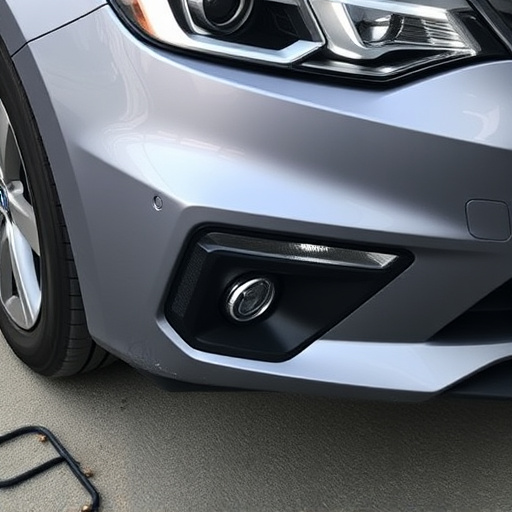
When dealing with fallen tree damage to your property, assessing the extent of the harm is the first step towards effective fallen tree damage repair. Start by evaluating the type and severity of the damage to both your structures and landscaping. Look for broken branches, uprooted trees, or any signs of structural compromise in your home or other buildings. This initial assessment will help you plan a strategic repair approach tailored to your specific needs.
Consider enlisting professional help if the damage is extensive—especially when dealing with large trees or nearby power lines. A qualified arborist can ensure safety and provide expert advice, while a reputable auto glass repair or car collision repair service can address any structural concerns or glass damages caused by the falling tree. Remember, proper planning sets the stage for successful fallen tree damage repair.
Safe Removal of Debris and Fallen Branches
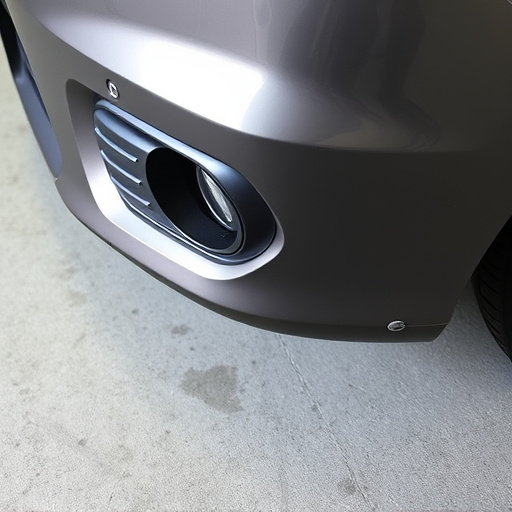
After a storm or accident causing fallen tree damage, the initial step in the repair process is meticulously removing debris and fallen branches. This task requires caution and proper techniques to ensure safety and prevent further harm. It’s crucial to assess the extent of the damage before beginning, as some branches might appear secure but could suddenly break off during removal.
Professionals in tree damage repair employ specialized equipment and skills to safely clear away debris, ensuring that no hazardous materials or sharp objects pose risks. They carefully cut and remove fallen branches, taking into account the potential impact on surrounding structures. This meticulous approach is essential when it comes to preparing a space for repairs, whether it’s for a collision repair center, car paint repair, or vehicle restoration services.
Effective Techniques for Restoring Tree Health After Damage

After a fallen tree has caused damage to your property or landscape, prompt action is crucial for restoring tree health and preventing further issues. The initial step involves assessing the extent of the damage. Look for broken branches, roots exposed due to soil disturbance, or any signs of decay or disease. This evaluation will guide you in choosing the most effective repair techniques.
For minor damage, pruning is an excellent technique. Remove dead or damaged branches and trim back overgrowth to promote new growth. In cases where tree roots are exposed, careful excavation around the area can help protect them while allowing for proper healing. For more significant structural issues, consider hiring a professional arborist who provides tire services and fender repair for trees—they have the expertise to handle complex repairs and ensure the tree’s long-term health, much like how vehicle repair services cater to mechanical needs.
When addressing fallen tree damage repair, a well-planned strategy is key. By carefully assessing the damage, safely removing debris and implementing effective restoration techniques, you can ensure optimal results for your trees’ health and longevity. Remember, prompt action is crucial to prevent further complications, so don’t delay in tending to your tree’s needs after any storm or accident.
